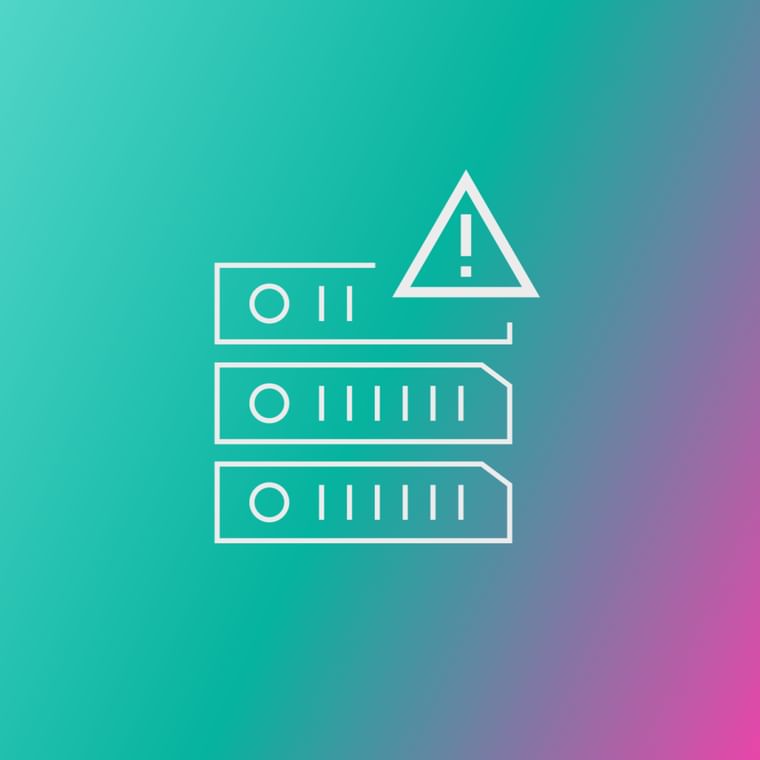SIEM adds real-time correlation, threat detection, and alerting capabilities that log management lacks. While log systems store data, SIEM continuously analyzes it to identify security incidents that require immediate response.
SIEM (Security Information and Event Management)
SIEM platforms centralize and correlate security events across an organization’s infrastructure, transforming scattered logs into actionable intelligence.
What Is SIEM?
Security Information and Event Management (SIEM) is a comprehensive security solution that collects, normalizes, and analyzes event data from across an organization's entire IT infrastructure to detect threats and support compliance requirements. By combining Security Information Management (log collection and storage) with Security Event Management (real-time analysis and alerting), SIEM creates a unified platform for threat detection, incident response, and regulatory reporting.
Modern SIEM platforms employ advanced correlation engines, behavioral analytics, and machine learning to identify complex attack patterns that individual security tools miss. When properly tuned, these systems transform millions of daily events into the handful of critical alerts that demand immediate attention, helping security teams focus on genuine threats rather than drowning in noise.
How Does SIEM Work?
SIEM operates through a systematic five-phase workflow that turns raw security data into actionable threat intelligence.
Data Collection: Begins by gathering logs from diverse sources, including firewalls, endpoints, cloud applications, identity systems, and network devices, through agents, APIs, and connectors. This comprehensive ingestion ensures no blind spots remain in your security visibility.
Normalization and Enrichment: Standardizes disparate log formats into consistent structures for analysis. Raw events from different vendors get translated into common schemas while enrichment adds context like user roles, asset criticality, and threat intelligence.
Correlation and Analysis: Applies rules and machine learning models to connect related events across systems. A failed login followed by unusual data access and large file transfers triggers alerts that individual events wouldn't generate.
Alerting and Visualization: Presents findings through real-time dashboards and prioritized notifications. Security teams view threats ranked by severity, along with complete context, for rapid triage and response decisions.
Retention and Forensics: Stores normalized data for investigation and compliance. Historical analysis reveals attack timelines, supports incident reconstruction, and satisfies audit requirements spanning months or years.
What Are the Key Benefits of SIEM?
SIEM delivers measurable improvement, including:
Enhanced Visibility and Detection
SIEM eliminates security blind spots by aggregating logs from every corner of your infrastructure, such as cloud services, on-premises systems, remote endpoints, and third-party applications. This panoramic view reveals attack patterns invisible to siloed tools. Correlation rules connect subtle indicators across systems, exposing multi-stage attacks that evade signature-based detection.
Advanced platforms incorporate user and entity behavior analytics (UEBA) to baseline regular activity and flag deviations. Additionally, machine learning models identify zero-day threats and insider risks that rule-based systems miss. The result: faster detection of sophisticated threats with fewer false positives.
Operational Efficiency Gains
Centralized investigation eliminates the need to pivot between multiple consoles during incident response. Automated evidence collection, timeline reconstruction, and report generation cut investigation time from hours to minutes. Pre-built correlation rules and threat intelligence integration reduce the expertise required for effective threat hunting.
SOAR integration enables automated response workflows that contain threats before analysts intervene. Alert prioritization ensures teams focus on critical incidents rather than chasing low-risk events. These efficiency gains allow smaller teams to maintain stronger security postures.
Compliance and Audit Support
SIEM automates compliance reporting for frameworks including PCI DSS, HIPAA, GDPR, and SOX. Continuous monitoring ensures that policy violations are flagged immediately, rather than being discovered during annual audits. Pre-built report templates and automated evidence collection simplify audit preparation while maintaining chain-of-custody for forensic integrity.
Common SIEM Use Cases
Organizations deploy SIEM platforms to address diverse security and compliance challenges across their environments. Here are some use cases that demonstrate SIEM's versatility in addressing both immediate threats and strategic security requirements.
Insider Threat Detection identifies anomalous behavior from privileged users, contractors, or compromised accounts. SIEM baselines normal access patterns, then alerts on unusual data downloads, privilege escalations, or off-hours activity that suggests malicious intent.
Ransomware Identification correlates multiple indicators, including unusual file encryption activity, shadow copy deletion, and lateral movement patterns. Early detection enables containment before encryption spreads across networks.
Compliance management automates audit trail collection, policy violation detection, and report generation. Real-time dashboards demonstrate continuous compliance rather than point-in-time snapshots.
Cloud Security Monitoring: Extends visibility into SaaS applications and infrastructure-as-a-service environments where traditional tools lack coverage. API integrations collect cloud-native logs for correlation with on-premises events.
Advanced Persistent Threat Hunting: Reveals patient attackers who maintain presence for months. Long-term behavioral analysis and threat intelligence correlation expose subtle reconnaissance and data staging activities.
Ready to strengthen your SIEM deployment with behavioral email security? Get a demo to see how Abnormal enhances threat detection and investigation.
Frequently Asked Questions (FAQs)
Get the Latest Email Security Insights
Subscribe to our newsletter to receive updates on the latest attacks and new trends in the email threat landscape.
Featured Resources

Product
The Last 1% of Attacks: Rise and Fall of the SEGMay 29, 2025
/
5 min read

Artificial Intelligence
AI, People, and Policy: What We Learned from Convergence Season 4May 22, 2025
/
6 min read

Threat Intel
Legitimate Senders, Weaponized: How Abnormal Stops Email Bombing AttacksMay 19, 2025
/
6 min read

CISO Insights
Through the Looking Glass: A CISO's Take on RSAC 2025May 09, 2025
/
7 min read